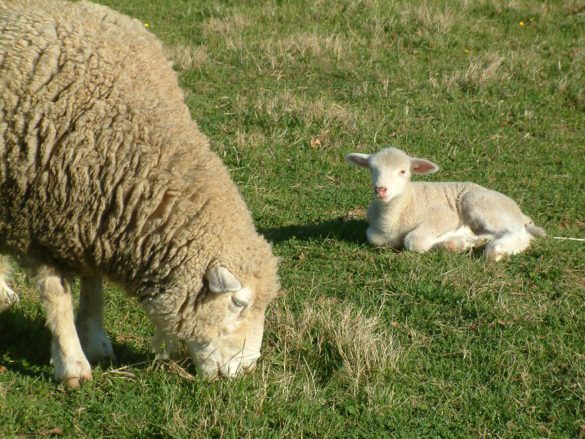Healthy food, healthy communities, and a healthy environment are among the rights of all people. Regenerative agriculture provides all of these through sustainable, productive farming methods.
Discover Regenerative Agriculture
Delaware Nature Society has long recognized that how we grow food can have a profound impact on the environment. We are currently implementing an ambitious plan to turn Coverdale’s stunning 377 acres into a model for land conservation, preservation, and wildlife habitat while growing food for our The Market at Coverdale in a healthy, sustainable way through regenerative farming. Honoring many years of conservation land-management strategies in the natural areas of Coverdale, our regenerative agricultural practices will mimic natural processes that attribute to healthy soil, animals, and ecosystems. The Coverdale Farm Regenerative Agriculture Program will be accomplished in phases, which began in 2018 with the three-year Phase One, focused on investments to establish the system.
Rotational Grazing – It’s All About the Soil

During Phase One, our perennial pastures leader-follower system has begun implementation. We have started with 30-50 acres of pasture grazing; establishing the foundation of regenerative agriculture systems. Rotational grazing is scientifically designed to contribute to the health of the soil and increase biodiversity simply by letting “animals act like animals” – eating pasture grasses and depositing manure. The animals pass through a pasture in succession – cows followed by sheep who are then followed by poultry – in a continual 40- to 60- day rotation, using the land more efficiently. The regenerative system requires pasture infrastructure for animal safety and to optimize the process.
Building on the success of the current mobile units for pasture-raised poultry, we’ve added 5 additional mobile poultry houses into the grazing system, including heritage chickens (selected for their diversity of egg color), and turkeys. We’ll also be establishing more forested riparian buffers using a variety of deciduous trees will provide shade and protection for the animals.
Phase One includes collecting baseline data of both soil and water quality which we will continue to track in subsequent years. We are utilizing the guidelines to Regenerative Certification (offered through Rodale Institute) to track and measure our land management strategies and help inform our land management decisions.